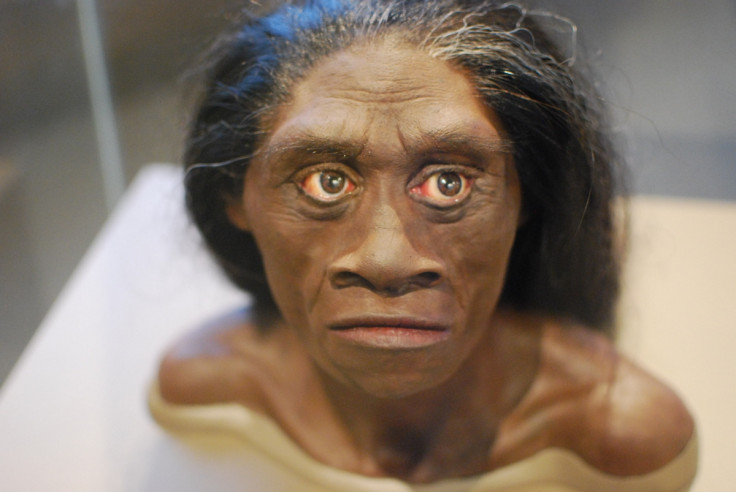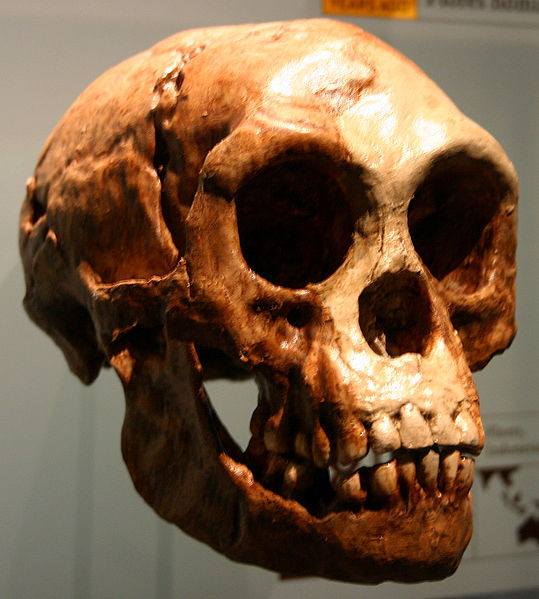Have scientists solved the mystery of the Hobbit's origins?
Research into the origins of the elusive 'hobbit' species has led to heated debates among scientists.

It's been the scientific equivalent of a never ending soap opera. The pygmy human species Homo floresiensis (aka 'the Hobbit'), discovered in 2003 in a cave on the island of Flores, has been bogged down in a mire of controversy for almost 15 years.
Is it a new human species or just a diseased Homo sapiens? If it's a new kind of human, where does it fit into the evolutionary tree? How old is it? How did it get to Flores in the first place? These are just a few of the questions that have befuddled anthropologists, and the reasons we've lacked satisfactory answers to them are three-fold.
First of all, we don't yet have a lot of bones from the Hobbit's kind, despite the valiant efforts of Indonesian, Australian and American archaeologists to find them. From Liang Bua 1 (LB1), the most complete individual found so far, there is a skull, shoulder, arm and forearm bones, wrist bones, close to half of its pelvis, and thigh, leg and foot bones.
Additional bones were found during excavations in 2004 from different individuals to LB1 and include an adult lower jaw and upper and lower limb bones, and even some limb bones from a Hobbit child.
Not a bad sample really, but there's not nearly enough evidence to fully resolve its place in human evolution. And for many other species, like say Homo erectus from Indonesia, we don't have many limb bones to compare with the Hobbit's in the first place.
Bits of modern human here, pieces of Lucy's kind there, chimpanzee resemblances everywhere! The Hobbit's the weirdest looking human we've found so far, and its strange appearance is the second major reason why it's been at the heart of one of the nastiest squabbles I've witnessed in anthropology.
The overall picture we get from the bones is of a creature that had a very small brain, large teeth and walked about on two-feet but in way very different to our own style of moving. Yet, strangely, it also had very short legs and long arms like a chimpanzee, and probably spent a lot of time living in the trees as well as toddling about on the ground.

Finally, the Hobbit was first believed to be just a mere 18,000 years old, though its age has now been revised to between 100,000 and 60,000 years old. This is way too young given the way the Hobbit looks! And while I don't doubt it's accuracy, it's still shockingly young.
What we might expect to find at this time is something more akin to say a tropical Neanderthal. But instead, with the Hobbit, we have something much more primitive, more like Homo habilis or even Australopithecus afarensis, which both lived millions of years ago in Africa.
One researcher who has made it her life's mission to resolve the Hobbit's identity is Debbie Argue from the Australian National University. Argue has claimed to have finally solved the riddle of the Hobbit in a new study published in the Journal of Human Evolution.
According to Argue and her team's findings the Hobbit is indeed a very primitive species and one closely related to Homo habilis. This fits with my own impressions of Homo floresiensis, but one must always keep an open mind and go where the data take you!
Now, if they're right, then early humans must have migrated out of Africa more than 2 million years ago and spread right across Asia into the far reaches of oceanic Indonesia. Until the Hobbit came along we thought this region had only been settled by Homo sapiens perhaps 50,000 years ago. So this is a very big shift in our thinking!
Question is, are they right? Well, their work is detailed and undoubtedly well executed, and the results are pretty clear-cut. But there will always be uncertainty with these kinds of studies, and with the Hobbit in particular, for the reasons I've outlined.
Still, their broad findings are identical to another study published in 2015 by Mana Membo and her team which concluded the Hobbit to be one of the most primitive members of Homo found so far.
But I find it a little troubling that yet another study published only last year by Valeray Zeitoun and his team, using a similar method to both Argue and Membo, concluded the Hobbit could confidently be placed within Homo erectus.
Implication? The Hobbit isn't a new species at all, but just a dwarfed version of Homo erectus. But I think it's too soon to jettison the name Homo floresiensis just yet. For a start, only Argue's study has accounted for the Hobbit's weird limb bones, and these must surely weigh heavily on any decision we make about how to classify it?
For me, the Hobbit continues to be best understood as a very primitive member of Homo, with all of the implications this brings for us. And wow! What implications they are!
On a final note, despite the disagreement among these studies, they do mark a maturing of discussions surrounding the Hobbit. We seem to have finally said goodbye to the destructive personal attacks of the past and moved onto figuring out what the Hobbit really is.
Darren Curnoe, Chief Investigator, ARC Centre of Excellence for Australian Biodiversity and Heritage, and Director, Palaeontology, Geobiology and Earth Archives Research Centre, UNSW
This article was originally published on The Conversation. Read the original article.
© Copyright IBTimes 2025. All rights reserved.





















